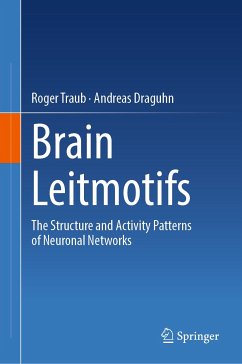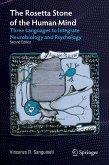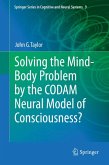This book tackles the question of why the brain is so difficult to fully understand. In neuroscience, data are acquired and analyzed with astonishing techniques and accumulate rapidly. Nevertheless, try to explain how a person can think or why there is such a condition as schizophrenia, and it appears that we really know little. To approach these difficulties, the authors first present a number of case studies in which the operation of a neural circuit is worked out in some detail and, at the same time, the functional significance of the operation is also understood. These examples are complicated in their biologic specifics but are conceptually straightforward. The examples are hoped to provoke an appreciation for what neuroscience can accomplish. The authors then develop some thoughts on how these issues can be addressed----instead of considering cognition in general, taking instead a subset of cognition that does lend itself to formal description.
Dieser Download kann aus rechtlichen Gründen nur mit Rechnungsadresse in A, B, BG, CY, CZ, D, DK, EW, E, FIN, F, GR, HR, H, IRL, I, LT, L, LR, M, NL, PL, P, R, S, SLO, SK ausgeliefert werden.









